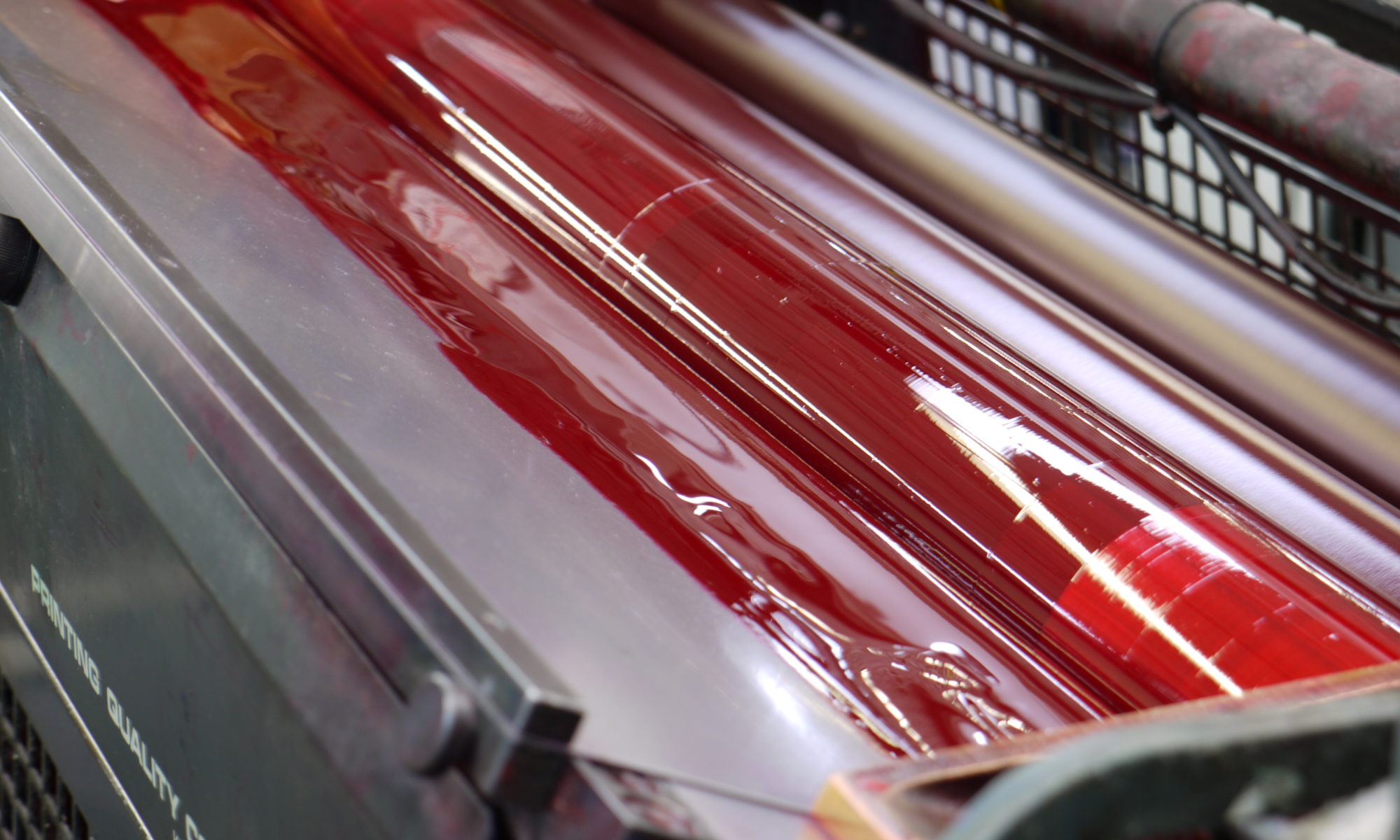Paper brightness, paper whiteness and shade are three of the most often misunderstood variables of paper choice in print projects. However, they all play an important role in determining the look of your final product.
While it’s easy to have a general idea of what the terms brightness, whiteness and shade mean, there can be quite a bit of confusion as to their technical definitions and how they affect the appearance of your final product.
It should be noted that though paper brightness and whiteness are somewhat similar, they are not interchangeable.
Paper Brightness
Brightness measures the amount of reflectance of a specific wavelength of blue light. Brightness is measured on a scale of 0 to 100 – the higher the number, the brighter the paper.
In other words, 95 bright paper reflects more light than an 85 bright paper, therefore appearing brighter.
Using the specific blue light to measure this reflection ignores longer wavelengths, including green and red. Because of this, two types of paper with the same brightness can visually appear very different, even though their “brightness” is the same.
Specifically, the blue light used to measure brightness has a wavelength of 457 nanometers (nm).
Paper Whiteness
Whereas brightness measures the reflection of a very specific wavelength of light, whiteness measures the reflection of all wavelengths of light across the visible spectrum. Because of this, the whiteness measure is more in line with our visual perception.
So, there will generally be a consensus that the higher the whiteness rating (which also uses a 0-100 scale), the whiter the paper.
Using the entire spectrum of visible light, paper with a very high whiteness number can appear to have a blue tint depending on what light source it is viewed under.
The most common whiteness measure, D65 illumination, represents outdoor daylight. This standard is called CIE Whiteness and was developed by the French-based International Commission on Illumination (also abbreviated CIE). Indoor lighting, of course, will change how white the paper appears, and this will vary even more between fluorescent and incandescent bulbs.
Paper Shade
Shade, on the other hand, does not take into account any light reflection; instead, it represents the color of the paper. There are three common groups of white shades:
True White
Blue White
Cream White
As noted above, often the blue white shade is used for paper because it appears to be a “whiter” white than true white. These papers are often labeled “bright white” or “high white.” It has this tint because it reflects more blues.
Cream white absorbs the blues that blue white reflects, and therefore has a yellowish look. True white, as it name would suggest, reflects the entire color spectrum equally, which of course is the true definition of white.
Shade choice is particularly important in book printing. In addition to taking your own preference into account, you also want to make sure the shade of your paper provides visual comfort for your readers. The best choice for this depends largely on the content of your book. If you are interested in book printing, find out more at our book printing division, BestBookPrinting.com.
When Brightness and Whiteness Go Off the Charts
If you’ve looked at a variety of paper, you may have seen brightness and whiteness levels going above the 100 scale mentioned earlier.
The 100 limit is for standard paper made only with pulp. However, additives may be added to make the paper appear even brighter or whiter.
These additives are known as Optical Brightening Agents (OBA), and in reference to brightness they reflect ultraviolet – or UV – light as visible light. In other words, this is reflecting more visible light than the actual light source emits.
Similarly, fluorescent OBAs will cause whiteness values to increase above 100.
North American Paper Standards
Outside the paper industry and print industry, paper brightness is the most common measuring standard in North America. The 0-100 scale is typically based on the Technical Association of the Pulp and Paper Industry’s TAPPI Standard T451. Regions outside North America commonly use the International Organization for Standardization’s ISO Standard 2469.
As mentioned above, the standard for Whiteness measurement is CIE Whiteness.
Again, though whiteness and brightness have similarities, the measurement systems used to measure each are completely independent of each other and are not at correlated.


